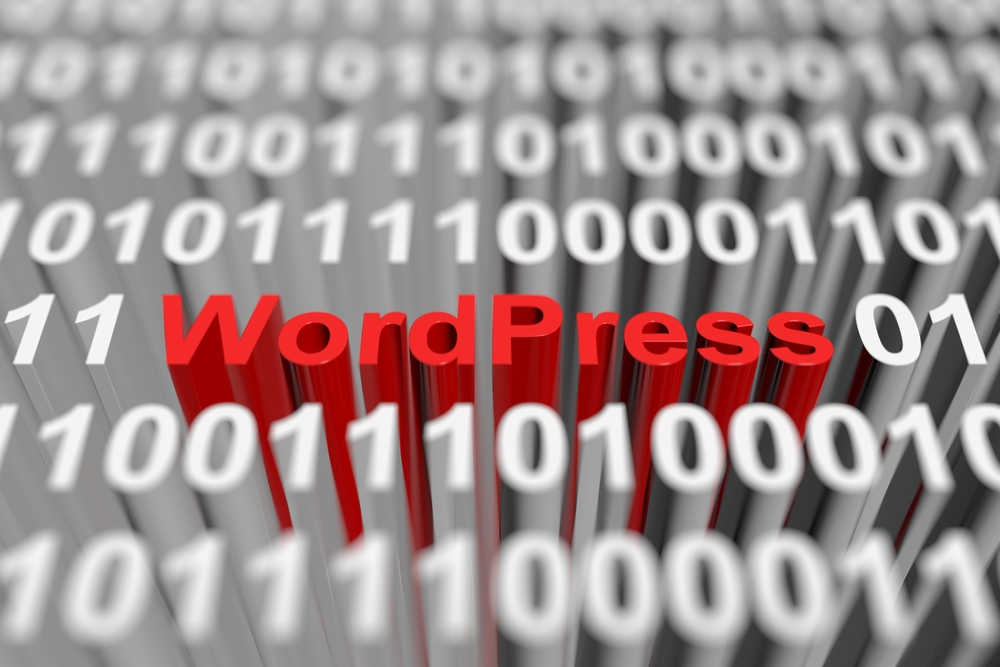
Introduction:
WordPress is a powerful content management system (CMS) that allows users to create and manage websites with ease. Whether you are a seasoned developer or a beginner, there are always new tips and tricks to learn when it comes to customizing and maintaining your WordPress website. In this article, we will explore some proven strategies to help you master WordPress (or WP) and take your website to the next level.
Understanding WordPress (WP) Customization:
1. Choosing the Right Theme:Selecting the perfect theme for your WordPress (the blogging platform) website is crucial. With thousands of options available, it's important to consider factors like user-friendliness, responsiveness, and customization options. Look for themes that offer flexibility and allow you to make changes easily, such as adjusting colors, fonts, and layouts.
2. Customizing Your Theme:
Once you have chosen a theme, it's time to customize it to match your brand and vision. WordPress offers various customization options, including the use of the built-in Customizer tool. You can easily change your site's logo, colors, and background image through this user-friendly interface. Additionally, consider plugins that offer advanced customization features, such as adding custom CSS code or creating unique page templates.
3. Utilizing Page Builders:
Page builders are powerful tools that enable you to design custom layouts without any coding knowledge. They provide an intuitive drag-and-drop interface, allowing you to create complex pages with ease. Some popular WordPress (the platform for bloggers) page builder plugins include Elementor, Divi, and Beaver Builder. These tools offer a wide range of pre-designed templates and modules, giving you full control over the visual appearance of your site.
WordPress Maintenance Tips:
1. Regular Updates:WordPress frequently releases updates to improve security, add new features, and fix bugs. It is crucial to keep your WordPress core, theme, and plugins updated to ensure optimal performance and security. Enable automatic updates whenever possible and regularly check for compatibility issues after each update.
2. Backup Your Site:
Backing up your WordPress site regularly is essential to protect your data in case of any unexpected issues. There are various plugins available, such as UpdraftPlus and BackupBuddy, that simplify the backup process. Set up automated backups and securely store them off-site or in the cloud for added safety.
3. Optimize Your Website:
A slow-loading website can negatively impact user experience and search engine rankings. Optimize your WordPress website by compressing images, minimizing CSS and JavaScript files, and utilizing caching plugins. Additionally, consider utilizing a content delivery network (CDN) to distribute your site's assets across multiple servers worldwide, reducing load times for users in different locations.
Frequently Asked Questions (FAQs):
Q1: How can I improve the security of my WordPress website?A: To enhance security, follow these best practices:
- Use strong and unique passwords for all user accounts
- Install a reputable security plugin, such as Wordfence or Sucuri
- Limit login attempts and enable two-factor authentication
- Regularly scan for malware and vulnerabilities
Q2: Can I translate my WordPress website into multiple languages?
A: Yes, WordPress offers excellent support for multilingual websites. You can use plugins like WPML or Polylang to translate your website's content, menus, and widgets. These plugins make it easy to manage multiple languages within your WordPress dashboard.
Q3: How can I improve my website's search engine visibility with WordPress?
A: WordPress is already optimized for search engines, but there are additional steps you can take to improve visibility:- Install an SEO plugin, such as Yoast SEO or Rank Math, to optimize your content and meta tags
- Generate an XML sitemap and submit it to search engines
- Use descriptive permalinks and optimize your images' alt tags
- Focus on creating high-quality, relevant content that users will find valuable
Q4: How do I fix common WordPress errors?
A: Common WordPress errors can be frustrating but are usually fixable:- If you encounter the "White Screen of Death," disable plugins or themes causing conflicts
- To resolve the "Error establishing a database connection," check your database credentials in wp-config.php
- For the "Internal Server Error" or "HTTP Error 500," try increasing your PHP memory limit
- Consult WordPress support forums or search online for specific error messages for tailored solutions.
Q5: Is it possible to monetize my WordPress website?
A: Yes, WordPress offers several ways to monetize your website:- Displaying ads using Google AdSense or other ad networks
- Offering sponsored content or becoming an affiliate for related products/services
- Creating and selling digital products, such as eBooks or courses
- Providing premium content or membership subscriptions
Conclusion:
With its endless customization options and a vast array of plugins, WordPress is a highly flexible platform for building and maintaining websites. By following the tips and tricks mentioned in this article, you can master WordPress and unleash its full potential. Remember to stay up to date with the latest developments, continuously learn new techniques, and adapt your strategies to keep your WordPress website at its best.
Other useful resources
- https://www.wordpress24plus.com
- https://www.wordpress24plus.com/wordpress-tools-directory/wordpress-plugins/